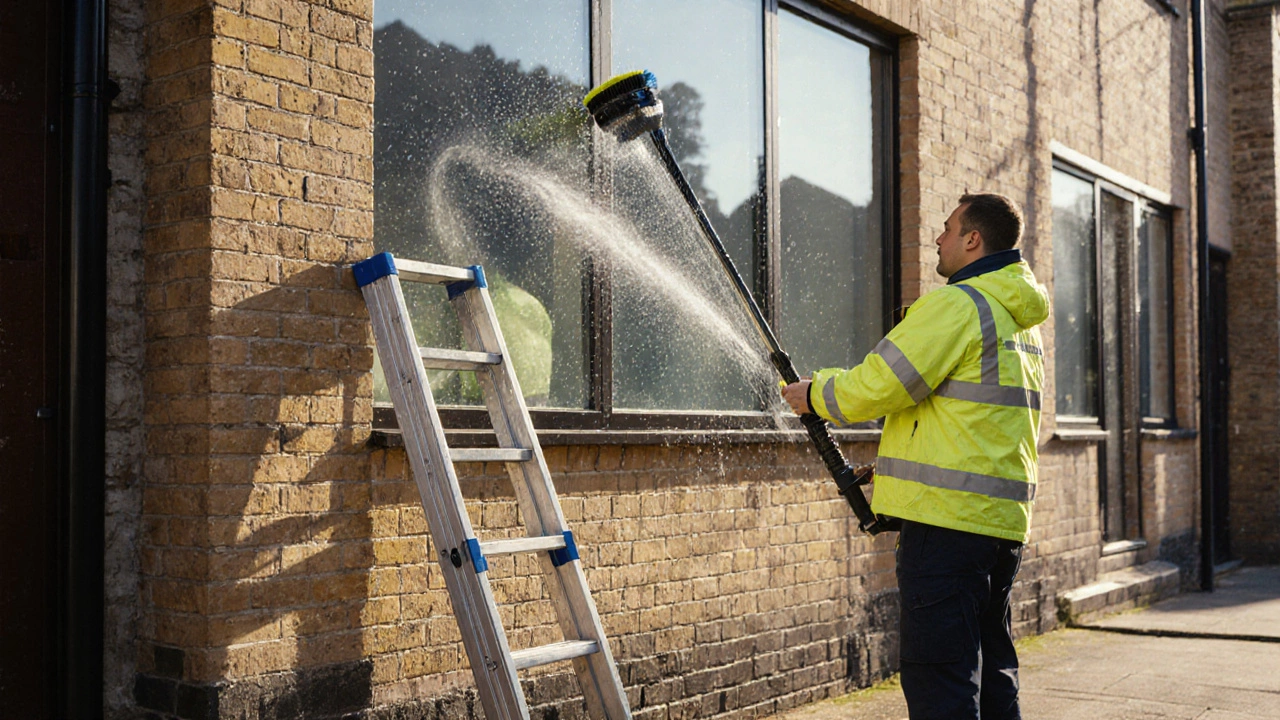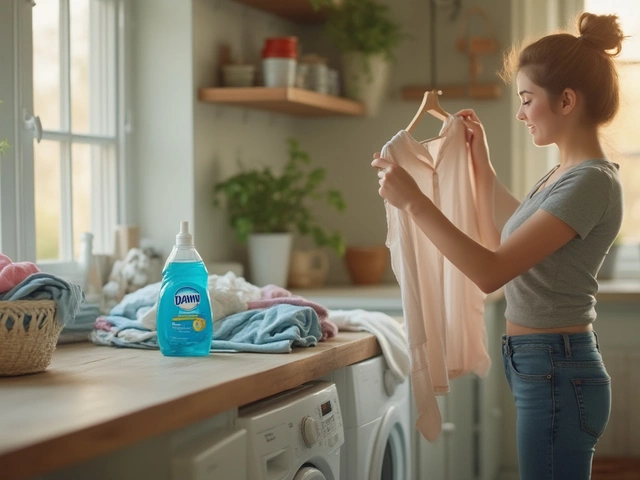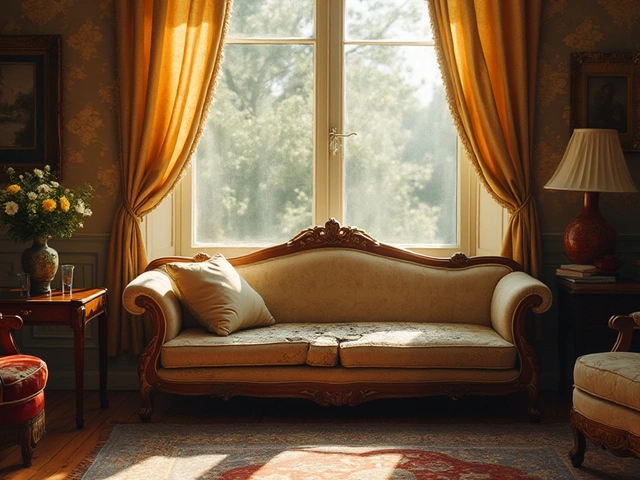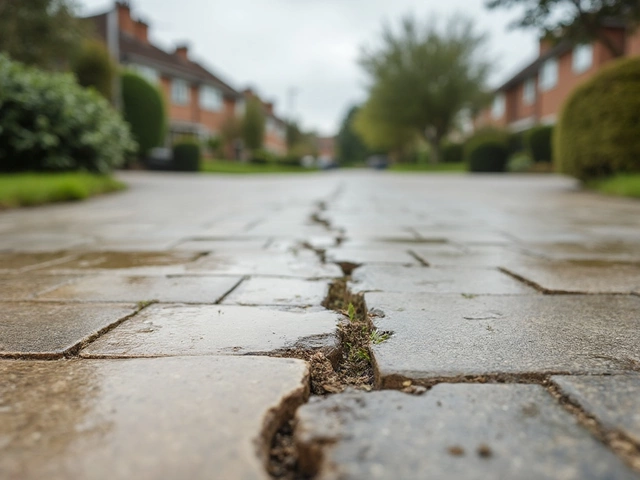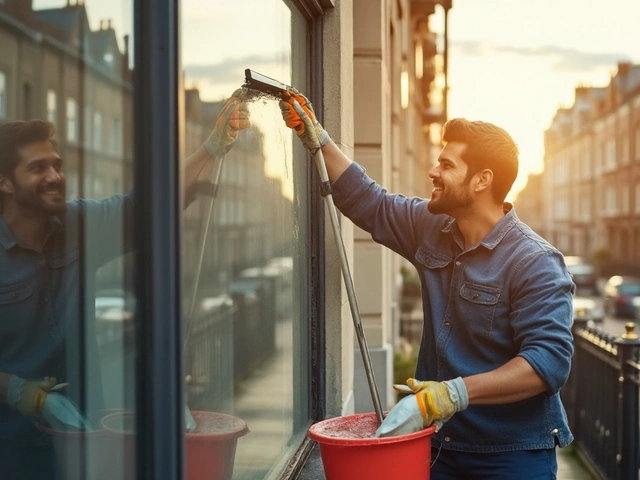Safety Regulations: What Every Cleaner Needs to Know
When talking about Safety Regulations, the set of rules that keep cleaning tasks safe for people and property, you’re really looking at a framework that touches everything from the kitchen to the driveway. Oven Cleaning, the process of removing grease and burnt food using chemicals or heat must follow specific ventilation and protective‑gear guidelines, while Pressure Washing, high‑pressure water cleaning for surfaces like decks and driveways brings its own set of water‑pressure limits and PPE requirements. When you mix DIY Cleaning Products, homemade solutions made from items like baking soda, vinegar or lemon you need to watch out for chemical reactions and proper labeling, especially under UK Health and Safety, the national legislation that governs workplace and home safety. In short, safety regulations encompass cleaning standards, demand the right protective equipment, and are influenced by the chemicals you choose to use.
Why These Rules Matter for Everyday Cleaning
First off, a clean oven isn’t just about appearance; it’s about preventing fire hazards and reducing indoor air pollution. The key attributes of safe oven cleaning include proper ventilation, using non‑flammable cleaners, and wearing gloves and eye protection. Second, pressure washing can strip paint or damage surfaces if you ignore the pressure limits set by safety guidelines. The main attributes here are correct nozzle selection, maintaining a safe distance from the surface, and ensuring by‑standers wear protective eyewear. Third, DIY cleaning chemicals may seem harmless, but mixing vinegar with bleach, for example, creates toxic gases that breach health‑safety codes. The attributes to watch are correct ingredient ratios, clear labeling, and storing solutions out of reach of children. Finally, UK Health and Safety law ties all these together by requiring risk assessments, training records, and regular equipment checks. When you line up these attributes with the right tools—gloves, goggles, respirators—you create a safety net that protects both the cleaner and the space being cleaned.
All this might sound like a lot, but the payoff is simple: fewer accidents, better results, and peace of mind. Below you’ll find a curated set of articles that break down each of these areas—how to mix safe DIY cleaners, the exact steps for a risk‑free pressure wash, and the legal basics every homeowner should know. Dive in and pick up the practical tips you need to keep your cleaning projects compliant and hassle‑free.
